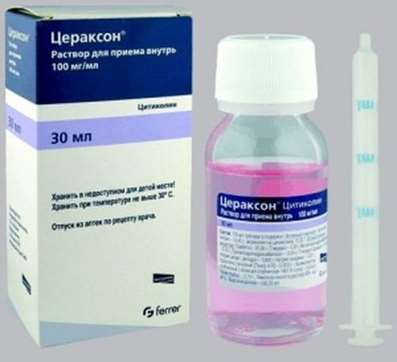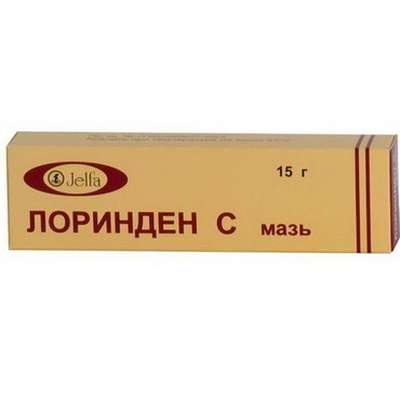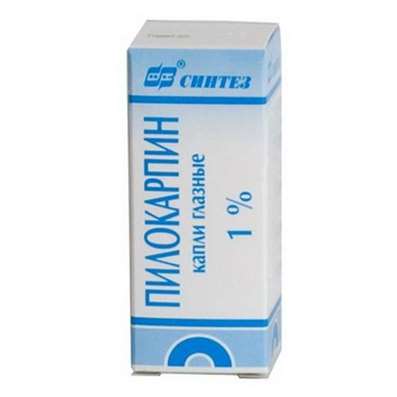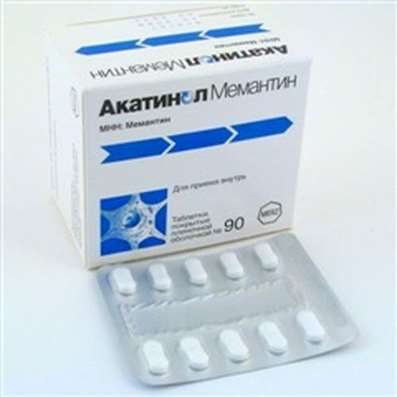Instruction for use: Pantoderm
I want this, give me price
Active substance Dexpanthenol
ATX code D03AX03Dexpanthenol
Pharmacological group
Regenerants and reparants
Vitamins and vitamin-like remedies
dermotropic means
Nosological classification (ICD-10)
L02 Skin abscess, furuncle and carbuncle
Furuncle of external auditory canal, Furuncle of the auricle, Furuncles, Abscess, Abscess of skin, Carbuncle, Carbuncle skin, Furuncle, Skin furuncle, Furunculosis, Chronic recurrent furunculosis
L30.4 Erythematous intertrigo
Erythema of the buttocks, Dermatitis traumatic, Intertrigo, Interdigital intertrigo
L30.9 Dermatitis, unspecified
Allergic dermatoses complicated by a secondary bacterial infection, Anal eczema, Bacterial maturation, Varicose Eczema, Venous dermatitis, Inflammation of the skin, Inflammation of the skin upon contact with plants, Inflammatory Skin Diseases, Inflammatory skin reactions, Inflammatory processes of the skin, Hypostatic dermatitis, Fungal Eczema, Fungal dermatosis, Dermatitis, Dermatitis is stagnant, Dermatitis and eczema in the anal area, Dermatitis acute contact, Perianal dermatitis, Dermatosis, Dermatosis of the scalp, Dermatosis of psoriasis, Dermatosis with persistent itching, Dermatoses, Dermatoses itchy, Other itching dermatoses, Significant eczematous manifestations, Itching with, dermatoses, Itching eczema, True eczema, Skin reaction to insect bites,Skin itching with dermatosis, Constitutional eczema, Weeping eczema, Drowsing inflammatory skin disease, Dying Infectious-Inflammatory Skin Disease, Non-allergic dermatitis, Nummular eczema, Acute contact eczema, Acute inflammatory skin disease, Acute dermatosis, Acute severe dermatosis, Perianal dermatitis, Superficial dermatosis, Subacute Contact Eczema, Simple dermatitis, Occupational dermatitis, Psychogenic dermatosis, Bubble dermatitis of newborns, Pustular eruptions, Irritation and redness of the skin, Low-flammable eczema, Dry atrophic eczema, Dry eczema, Toxic dermatitis, Ear eczema like dermatitis, Chronic eczema, Chronic dermatosis, Chronic common dermatosis, Scaly papular dermatosis, Eczema, Eczema anal region, Eczema of the hands, Eczema Contact, Eczema lichenized, Eczema Nummular, Eczema acute, Eczema acute contact, Eczema subacute, Eczematous dermatitis, Eczema-like rashes, Ecome exogenous, Endogenous eczema, Gluteal dermatitis, Restricted itchy dermatitis
L89 Decubital ulcer
Decubital gangrene, Bedsores, Bedsore, Secondary-infected bedsores, Gangrene decubital
N64.0 Fissure and fistula of the nipple
Dryness and painful nipples cracking, Cracks in the nipples of nursing mothers, Cracks in the nipples of nursing women, Cracked nipples
Dry skin on large areas of the skin, Dryness of the skin in violation of the integrity of its covers, Dryness of the skin,Skin peeling
T14.0 Surface injury of unspecified body region
Abrasions, Scratch, Skin Wounds, Wounds of soft tissues, Hematoma, Hematoma of traumatic origin, Hematomas, Hematomas of muscles, Hematomas of soft tissues, Healing of the skin, Bruise, Bruising due to sprains and bruises, Microtrauma, External bruises, Small combing, Superficial hematoma, Superficial damage to the skin and mucous membranes, Subcutaneous hematoma, Post-traumatic hematoma, Post-traumatic disturbance of microcirculation, Skinness of the skin, Traumatic plexus lesions, Injury, Contusion of soft tissues, Joint bruise, Traumatic bruises, Traumatic injury, Primary treatment of surface contaminated wounds, Abrasion, Bruise
T14.1 Open wound of unspecified body region
Secondary healing processes, Sluggishly granulating wounds, Sluggishly healing wounds, Sluggish wounds, Deep Wounds, Purulent wound, Granulating wounds, Prolonged non-healing wound, Long-lasting non-healing wound and ulcer, Long-lasting non-healing soft tissue wound, Healing of wounds, Wound healing, Capillary bleeding from superficial wounds, Bleeding wound, Radiation Wounds, Slowly epithelializing wounds, Minor cuts, Suppurated wounds, Violation of wound healing processes, Breach of skin integrity, Violations of the integrity of the skin, Violations of the integrity of the skin, Small cuts, Uninfected wounds, Uncomplicated wounds, Operating wound, Primary treatment of surface contaminated wounds, Primary wound treatment,Primary-delayed treatment of wounds, Poorly cicatrizing wound, Poor wound healing, Bad wound, Superficial injury, Superficial wound with mild exudation,Wound, The wound is large, Bite wound, Wound process, Wounds, Wound healing wounds, Stump Wounds,Wounds for gunshot, Wounds with deep cavities,Difficult healing wounds, Difficult wounds, Chronic Wounds
T30 Thermal and chemical burns, unspecified
Pain syndrome with burns, Pain in burns, Pain with burns, Sluggishly healing post-burn wounds, Deep burns with a wet scab, Deep burns with abundant compartments, Deep burn, Laser burn, Burn, Burn of rectum and perineum, Burn with mild exudation, Burn disease, Burn injury, Superficial burn, Superficial burn of I and II degree, Superficial skin burns, After-burn trophic ulcer and wound, Post-burn complication, Loss of fluid in burns, Sepsis burn, Thermal burns, Thermal skin lesions, Thermal burn, Trophic after-burn ulcers, Chemical burn, Surgical burn
Z94.5 Presence of transplanted skin
Skin grafts, Skin Replacement, Badly healing skin graft, Poorly residing skin graft, Skin Transplantation, Fixation of skin grafts
Composition and form of release
Ointment for external use 5% 1 g
dexpanthenol 50 mg
auxiliary substances: petrolatum; oil vaseline; almond oil; wax white; lanolin anhydrous; cetostearyl alcohol; alcohols lanolin; water
in an aluminum tube 25 or 30 g; in a pack of cardboard 1 tube
Description of dosage form
Ointment from white with a yellowish tinge to light yellow color, with a specific smell.
pharmachologic effect
Pharmacological action - anti-inflammatory, regenerating, metabolic.
Pharmacodynamics
Dexpanthenol in the body forms an active metabolite - pantothenic acid, which is an integral part of coenzyme A, which catalyzes acetylation in the body, participates in virtually all metabolic processes (tricarboxylic acid cycle, carbohydrates, fats and fatty acids metabolism, phospholipids, proteins, etc.), provides formation of corticosteroids, acetylation of choline. Stimulates regeneration of the skin, mucous membranes, accelerates mitosis and increases the strength of collagen fibers.
Pharmacokinetics
When topically applied quickly absorbed by the skin and converted to pantothenic acid, binds to plasma proteins (mainly with beta-globulin and albumin).
Indications
Dry skin;
- wounds and burns;
- dermatitis, bedsores, intertrigo, abscesses, furuncles after opening and sanitation;
- aseptic postoperative wounds, poorly engrafted skin grafts;
- treatment and prevention of cracks and inflammation of the nipples of the breast during lactation;
- nursing of infants: prevention and treatment of diaper rash in infants, activation of the healing process of the skin for minor lesions, erythema from diapers.
Contraindications
Hypersensitivity to the components of the drug.
pregnancy and lactation
Pantoderm® can be used during pregnancy and during breastfeeding.
Side effects
There may be skin allergic reactions.
Dosing and Administration
Outwardly. Pantoderm® is applied to the damaged or inflamed skin area once or several times a day.
Care of the mammary glands of nursing mothers: ointment is applied to the nipples after each feeding; can be used as a compress.
Care for infants: ointment is applied every time a diaper is changed (diapers).
Storage conditions
In a dry, the dark place at a temperature of no higher than 25 ° C.
Keep out of the reach of children.
Shelf life
ointment for external use 5% - 2 years.
ointment for external use 5% - 4 years.
Do not use after the expiry date printed on the package.

 Cart
Cart





